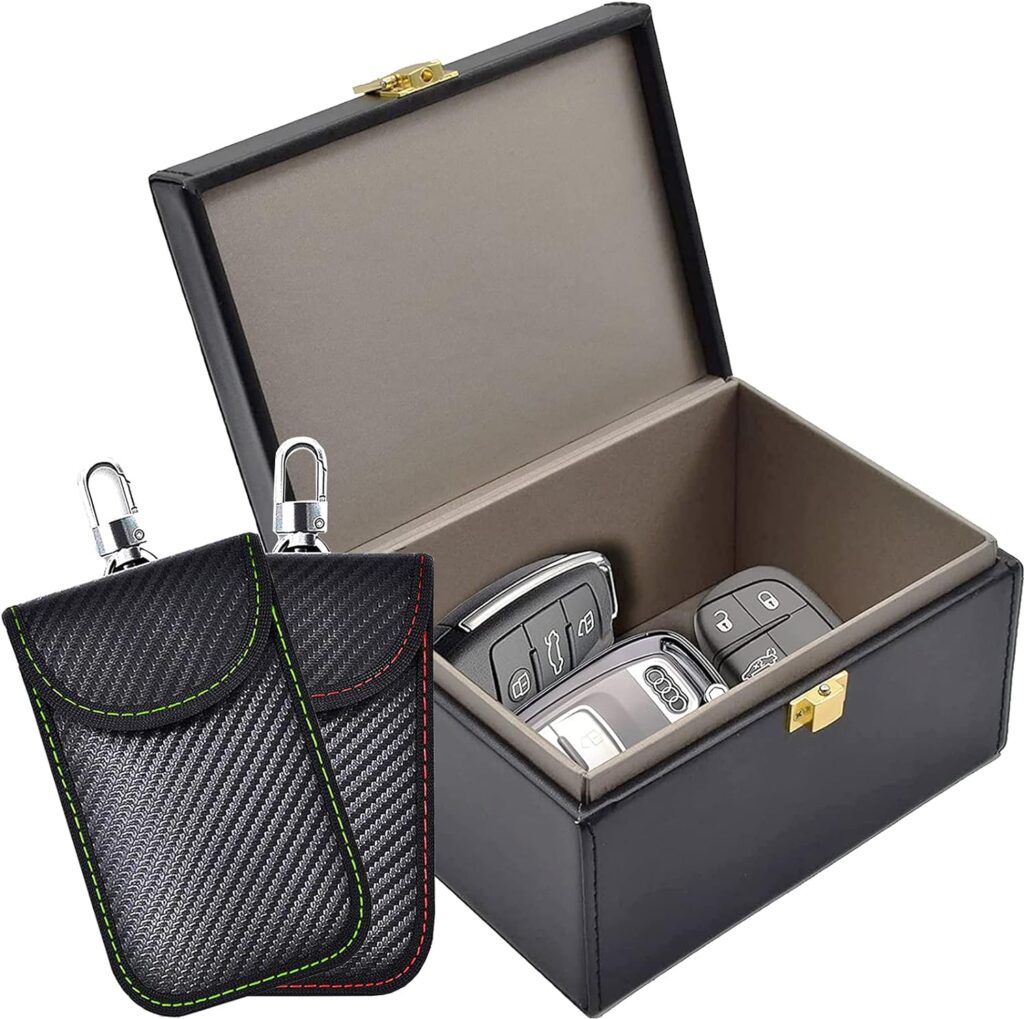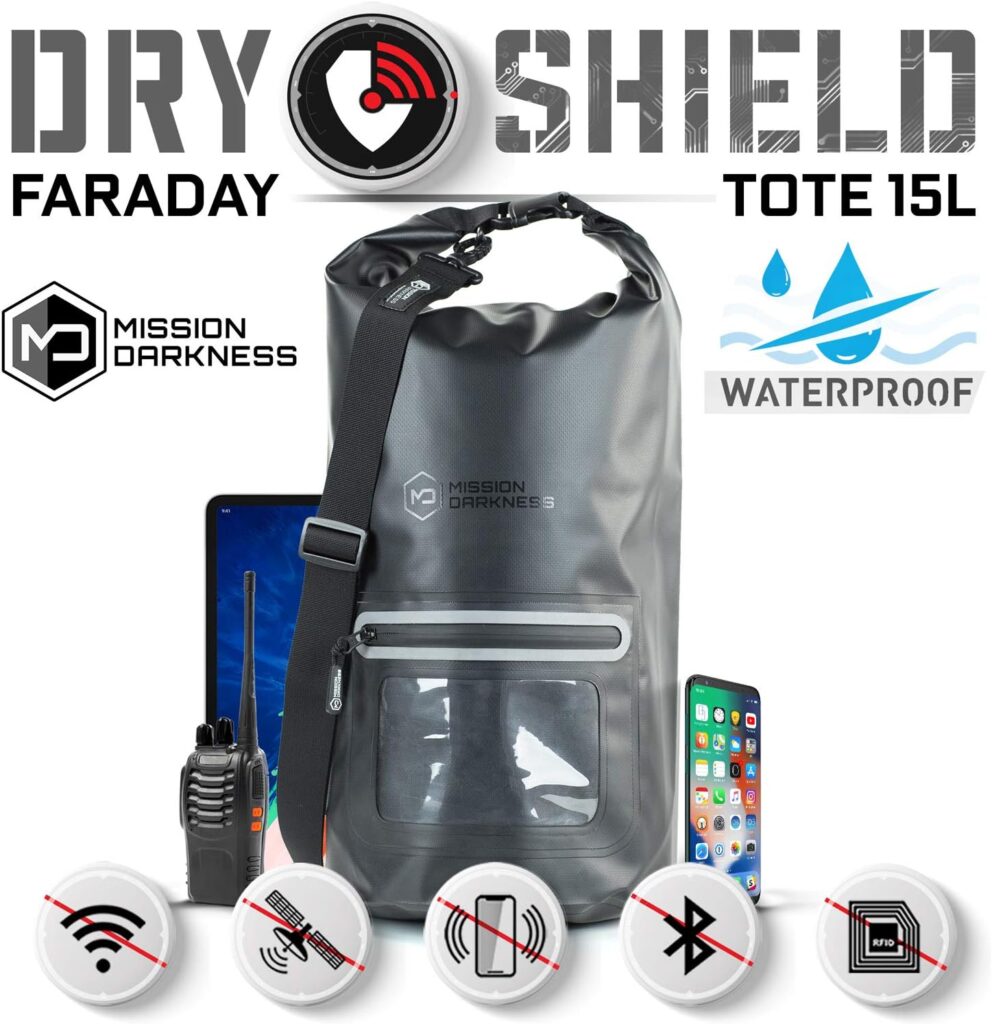If you’re feeling overwhelmed by a cluttered kitchen and pantry space, you’re not alone. One of the most common issues people face in their homes is finding efficient ways to store food without sacrificing precious space. With the right food storage solutions, you can save space, keep your kitchen organized, and make meal preparation easier.
1. Invest in Stackable Containers
Stackable containers are a real game-changer when it comes to saving space. They allow you to utilize the vertical space in your cabinets and pantry. Look for airtight containers that come in various sizes to accommodate different food items such as pasta, rice, cereal, and baking ingredients. Clear containers are great because they let you see what’s inside without having to open them.
2. Use Drawer Dividers for Utensils and Small Items
Drawer organizers with adjustable dividers can help contain small food storage items such as bag clips, measuring spoons, and straws. This not only saves space but keeps you from rummaging through drawers when you’re in the middle of preparing a meal.
3. Hanging Storage for Pans and Utensils
A pot rack installed above your kitchen island or hanging from the ceiling can save a significant amount of cabinet space. Similarly, magnetic strips or hanging racks on the wall can hold utensils, freeing up drawer and countertop space.
4. Over-the-Door Organizers
Pantries and kitchen doors can be outfitted with hanging organizers designed to hold lighter items like snacks, condiment packets, and other small sundries. This strategy uses often overlooked storage areas effectively.
5. Lazy Susans for Corner Cabinets and Fridges
A Lazy Susan is an excellent tool for corner cabinets or even the fridge. You can store condiments, jars, and other items on these rotating trays, making everything easy to access and visually available at a glance.
6. Under-Shelf Baskets
If you have shelves that do not go all the way up to the next level, consider adding under-shelf baskets. These baskets slide onto the shelf and can hold a variety of items such as wraps, bags, or lightweight dry goods, helping you to utilize every inch of space.
7. Vacuum Sealers
For long-term food storage, save space in your freezer with vacuum sealers. This method not only compresses items like meat, fish, and even some produce for compact stacking but also helps prevent freezer burn and extends the life of your food.
8. Expandable Shelf Organizers
Expandable shelf organizers can help you to neatly stack dishes and can be adjusted to fit your cabinets. They are perfect for storing plates, bowls, and cups compactly and can double or even triple the amount of storage space on a single shelf.
9. Wall-Mounted Dispensers
Wall-mounted dry food dispensers are not just space savers but also add a touch of modernity to your kitchen. They work well for grains, cereals, and legumes, ensuring you only dispense what you need and keep the rest fresh and out of the way.
10. Re-purpose Magazine Holders
Plastic or metal magazine holders can be surprisingly versatile for storing canned goods, water bottles, or even as holders for chopping boards and baking trays. Place them on their sides or mount them on the inside of pantry doors for easy access.
11. Invest in Nesting Bowls and Measuring Cups
Nesting bowls and measuring cups that fit inside one another are ideal when storage space is at a premium. When they are not in use, they only take up the space of the largest item in the set.
12. Clip-On Basket Systems
Some pantry and cabinet baskets come with clip-on systems that allow you to hang them from a shelf above. They’re perfect for quickly accessible snack bags, packets of herbs, or small veggies like garlic and ginger.
By integrating these food storage solutions into your kitchen, you’ll be able to maximize your space, reduce clutter, and enhance the overall functionality and aesthetic of one of the most important rooms in your home. Remember that organization isn’t a one-time task; it’s an ongoing process that requires occasional re-evaluation and re-organization as your needs—and your pantry contents—change.


